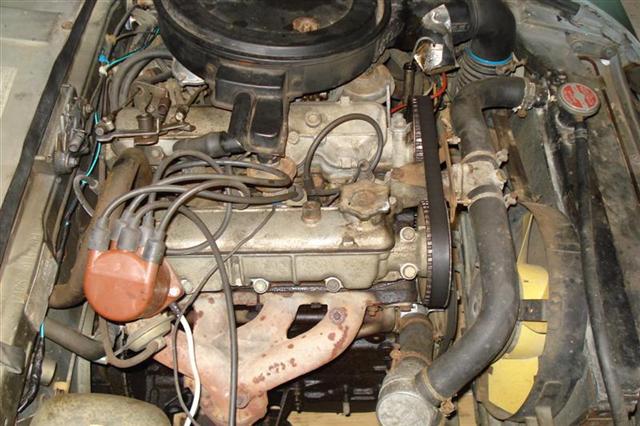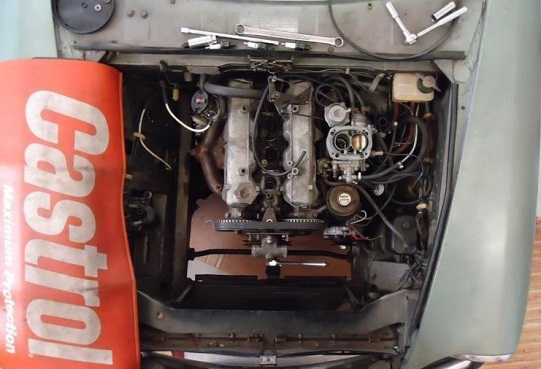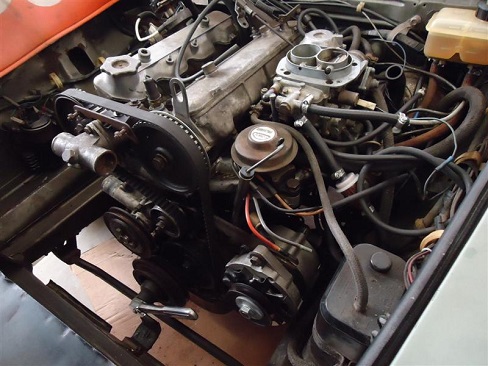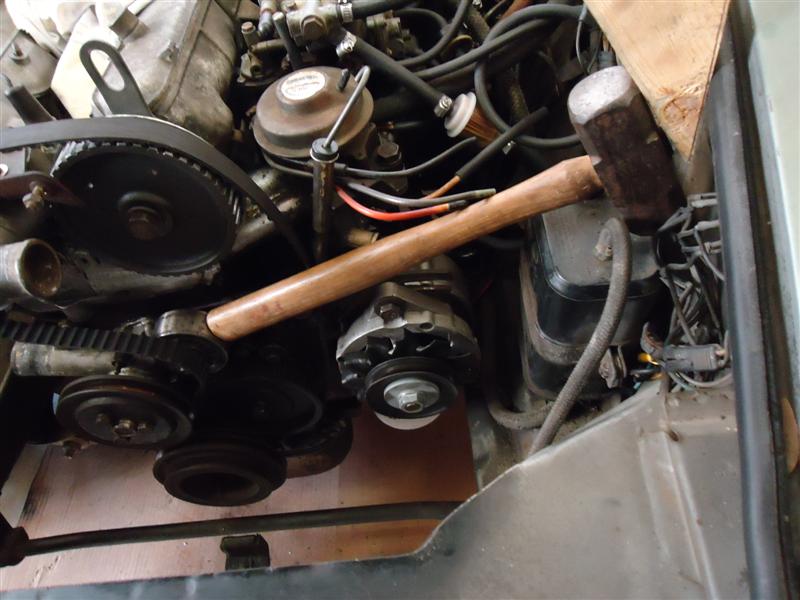Fiat Spider Timing Belt Replacement
Article by Mark Trotta
One of the first production cars to feature a timing belt rather than a timing chain was the Fiat Spider. Rubber belts are lighter, quieter and more efficient than metal chains, but often require more frequent replacement.

Timing belts can and do break. They also stretch and wear, then slip on the cogs. This will result in bad performance or a no-start condition.
Free-Running vs Interference Engines
Timing belt engines fall into one of two categories, "free-running" and "interference".
If the timing belt breaks on a free-running design, the engine will stop and you will need to be towed home. There is enough clearance between the pistons and valves so no mechanical damage usually occurs. The installation of a new belt is usually all that is required.

If a timing belt breaks on an interference engine, mechanical engine damage occurs. This usually involves pistons hitting open valves, resulting in the need for expensive repairs.
Early 124 Spiders (and Coupes) have interference engines. Around 1979-1980, the 2.0 litre engine became non-interference.
*********************
Getting Started
Disconnect negative battery cable to prevent accidental starting or grounding out.
Removing the radiator gave much better access to the work area.

Remove drive belts.
Find TDC
Remove spark plugs. With the car in neutral, turn engine over by hand (38mm socket on the bottom pulley) until #4 cylinder is on Top Dead Center. When this occurs, the zero degree mark on the crankshaft pulley will align with the pointer on the front cover.

Remove outer timing cover, then remove water pump pulley. Spiders equipped with the 2.0 litre engine have an inner timing belt cover, which also comes off.
There is a tensioner bracket bolt that gets loosened, then the idler pulley can be pried to release belt tension.
*********************
Remove Old Belt
Slip the old belt off the pulleys, and verify that the pointers on front of motor line up with camshaft sprocket marks.
NOTE: Don't be surprised if one or two pulleys were off by a tooth (this one was). That's just carelessness from whoever changed it last time.
*********************
Install New Timing Belt
Installing the new timing belt was a bit tricky. The picture below shows my "timing belt installation tool".

It's nothing more than a triangular-shaped piece of wood, wedged in place with a hammer. This moved the tensioner over just a millimeter or so, enough to slip the belt on and off while making sure all timing marks were lined up properly.
*********************
Notes and Misc
It took me several tries to get the crank pulley, auxiliary shaft sprocket, intake cam sprocket, and exhaust cam sprocket perfectly lined up before installing the new timing belt. With the teeth on all the cogs now exactly right, the car ran much better than it did before!
The 38mm socket on the crank pulley is extremely helpful for turning the crank (with the transmission in neutral of course).
The reason I removed and installed the timing belt was to get to the leaking cam cover gasket. Both the distributor and the timing belt also had to be removed to perform this repair.
*********************
Related Articles:
Classic Fiat Spider Maintenance
Classic Fiat Spider Brakes
Fiat Spider History 1979-1985
Best Oil for Classic Cars
